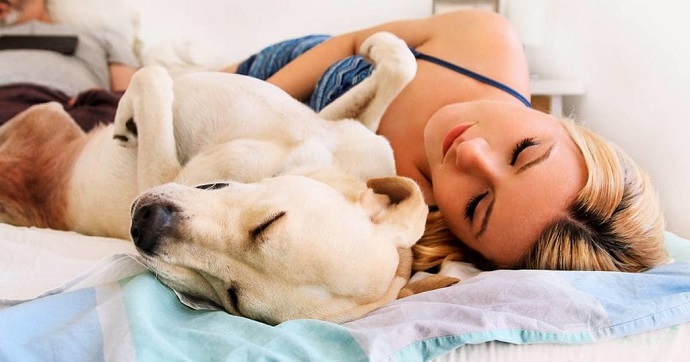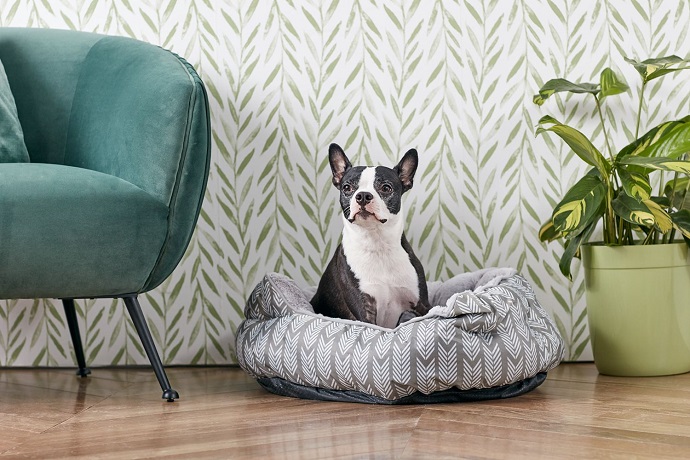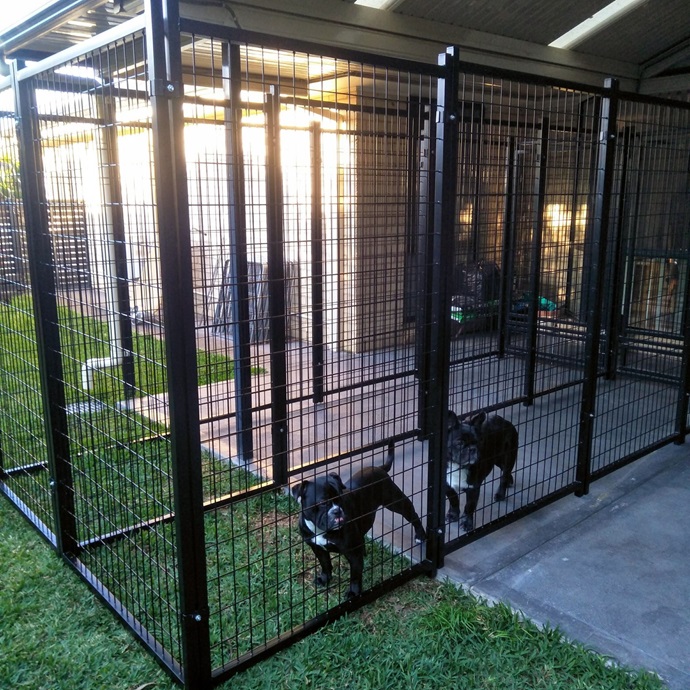Nothing feels more rejuvenating than a good night’s sleep. This is true for all family members, including the furry ones. If you’re a senior dog owner, you probably know that adult dogs sleep about 12-14 hours per day on average. If you’ve recently welcomed a puppy into your home, don’t be surprised if it sleeps for 16-20 hours. Just like all other mammal babies, canine babies need sleep to grow and develop, so this is completely normal.
The more important question that almost every dog owner asks is where a dog should sleep at night. While there isn’t a single correct answer to that, there are several options.
Where Should Your Dog Sleep at Night?
The answer to this question can be as complicated as your and your dog’s health, age and preferences. Analysing them can lead you to the correct answer.
Consider Their Age and Size
Puppies may need to be close to you in the first couple of weeks when you bring them home. They can cry at night and both you and them can benefit from sleeping together. Older dogs are more likely to have health issues that will make it hard for them to go up and down a bed. And, they might have incontinence, making it difficult for them to hold their urine while lying down.
Many high-quality pet beds offer the proper support and padding older dogs need so they might be the best solution for your senior fur friend. The size of their dog is the determining factor for many pet owners, whether they’re sharing their bed or not.
Consider Your Preferences
None of this truly matters if you don’t want to sleep with your dog or if he doesn’t like sleeping in your bed. If the dog wiggles or snores a lot and you’re a light sleeper, you may spend many sleepless nights. This can take a toll on your health over time. And, many dogs prefer a cooler sleeping environment, closer to the floor. What are your options in that case?
The most common solutions are the floor, a dog crate, and a dog bed. While for many letting their dog stay on the floor or closed in a crate might seem cruel, dog beds offer a balanced compromise.
How Important Is Buying a Good Dog Bed?
Do dogs actually need a bed? I might have heard this question too many times. If you’re reading this, chances are you love your dog and want the best for them. There are several reasons why you should invest in a quality dog bed:
- It supports their joints;
- It helps ensure better sleep;
- It provides a spot to relax throughout the day, not just at night;
- It offers easy cleaning and maintenance;
- It encourages the dog to sleep in its own bed.
All this impacts the dog’s health and overall wellbeing. If you want your doggo to be strong and healthy, ensure the best sleep surface that most pet beds provide.
How to Train Your Dog to Sleep in a Dog Bed?
As is with other aspects of dog training, sleep training your dog requires consistency and lots of positive reinforcement. Whichever popular training method you choose, they all include the same ground principles.
1. Choose the Right Bed and Introduce It to Your Dog
Understanding your dog’s needs can help you choose the right bed for it. If you have a small dog that likes sleeping cuddled, a doughnut bed may be best for them. You may need a bigger flatbed for your larger dog that sleeps relaxed. And, hairless breeds that often shiver from being cold might benefit from a secret snuggle spot where they can bury themselves in. Once you choose the perfect dog bed, show it to your pup. See if you can do it without pressure so they can like it.
2. Choose the Right Spot
If your dog doesn’t like the place you’ve chosen for them to sleep, it’s unlikely they will sleep in it, no matter how much they like it. Choosing the perfect spot can be half the equation, so play smart. If your dog’s close to you, they may like to sleep in your bedroom or the living room to watch on you at night. And some dogs prefer the children’s room.
3. Introduce a Bed Command
When bedtime comes, walk your dog to the bed and show it to them, using the command you’ve chosen. It can be bed, bedtime, or it’s bedtime. Different methods suggest using different gestures: you can click and use the command or pat the bed and help your dog get in it. Choose the one you’ll use repetitively so that you won’t confuse the dog. Once he’s in bed, give him a treat.
4. Redirect
Any time your dog leaves the bed, redirect them using the same command. The first time they return, give a treat as a reward. But if the situation repeats, don’t offer treats so they can know what they’re doing isn’t acceptable. If the pup leaves the bed to go potty, reward them for doing so. Once they turn one year or more, they can sleep through the night, but until then, pottying is a normal thing.
5. Practice at Nap Time
Every time your doggo gets sleepy, take them to their bed and use the command. This allows practising throughout the day, allowing them to get used to the new sleep environment more quickly. It can take several weeks until your dog learns and uses a bed. Be patient, bearing in mind that you’re doing the best for yourself and your furry pal. Once they learn to sleep alone, you can enjoy the quiet nights and the peace the whole family needs to rest.






